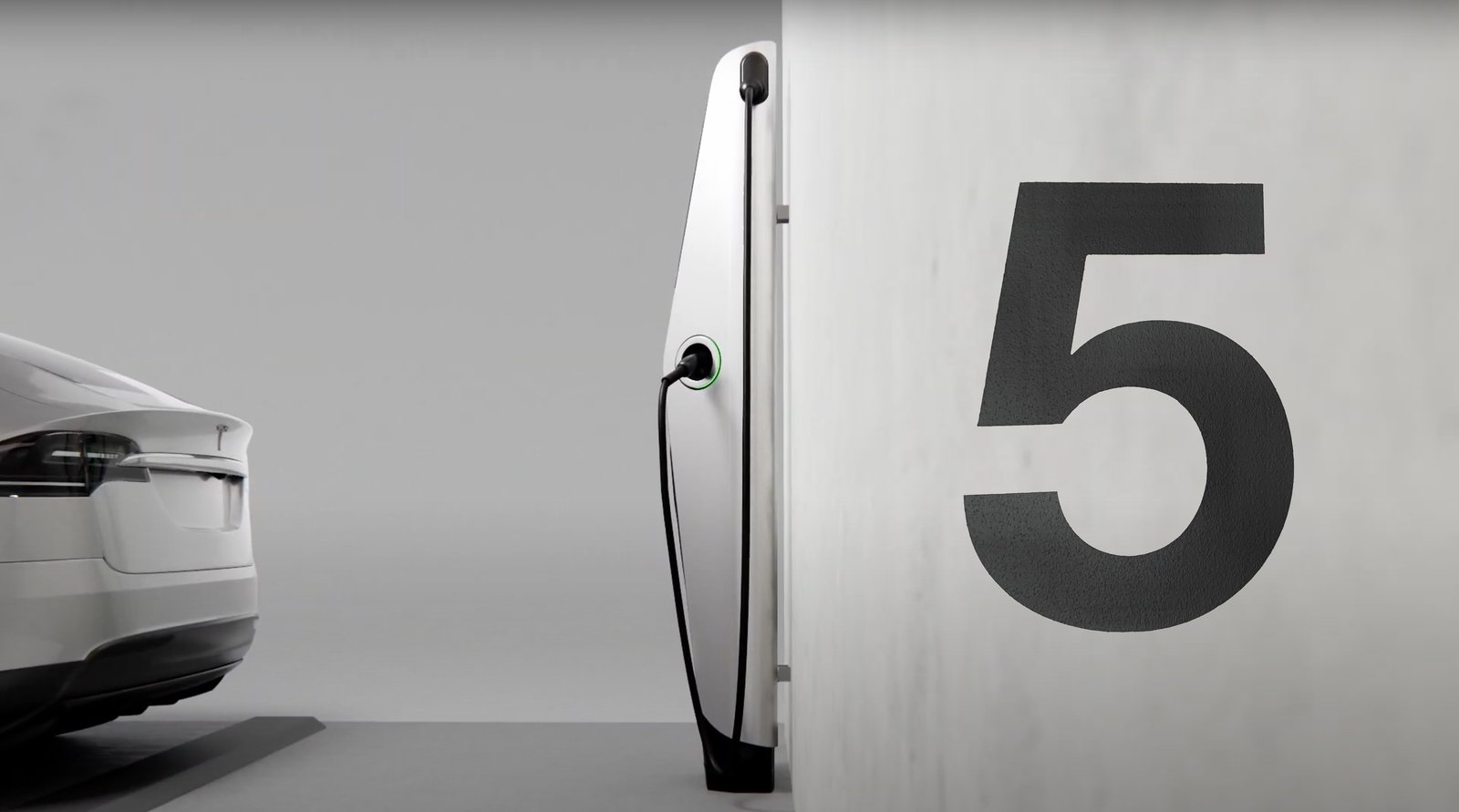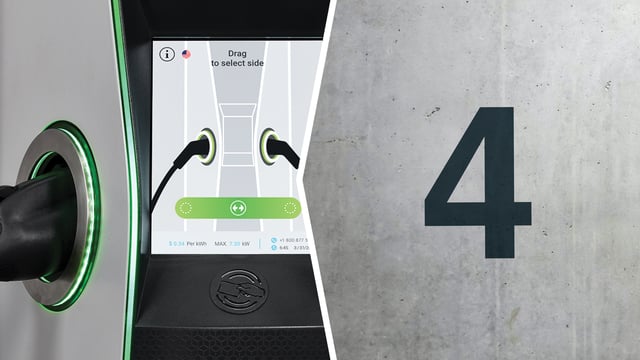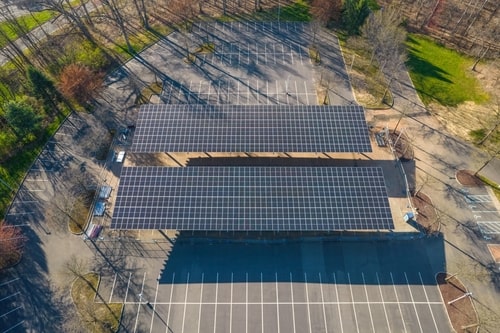
EVBox is building a more sustainable future where charging your electric vehicle is as easy as finding a parking spot, and employees like our North American Business Development Manager, Travis Walker, are driving us there.
More people will be buying electric vehicles than gas cars by 2030, Boston Consulting Group reported this year. Travis shows company leaders how an investment in EV charging can prepare you to thrive — and lead in your market — as more people who are important to your business switch to EVs.

Travis Walker
Business Development Manager
North America
Travis grew interested in renewable energy, and its benefits for the planet and businesses, as he rose to high-level sales and leadership positions at the nation’s top residential solar company. Then and now at EVBox, the joy he finds in his job “comes from removing roadblocks that are standing in people’s way and helping them reach their max potential,” he says.
If you’re thinking about adding EV charging to your location, Travis recommends that you clear your path toward a purchase decision by first understanding these five factors:

1. Reliability
The number one roadblock keeping gas-car drivers from switching to EV is what Travis calls “range anxiety.” Drivers worry that they won’t be able to find a charging station when they need a charge. Or that the charger they find won’t work for their EV — or work at all.
That’s why reliability is critical. As a business, it’s important to purchase a charger that you know will work with all kinds of EVs — like the new EVBox Iqon Level 2 charger. This universality, which comes built into Iqon, ensures that you will be able to serve all EV drivers, instead of excluding some.
Also, make sure to examine the charger’s track record: Does it have a reputation for reliable performance — or for breaking down? It’s important to choose a reliable charging station from a reliable company known for prompt, helpful customer service, Travis says.

2. The right number of charging stations
To accommodate EV drivers, the ideal ratio is one public EV charging station for every four EVs on the road. Currently, there aren’t enough EV charging stations in the U.S. for the growing number of EV drivers. The gap now stands at 300,000 charging stations, and is expected to widen to 1.3 million by 2025.
To determine the number of chargers you should install, research the gap in your area: how many EVs are being sold in your city or state? Compare those figures to maps of EV charging stations near you. If you’re an employer, survey your employees to find out how many own EVs, plan to buy them, or would buy them if they knew they could charge at work.
EVBoxers are available to provide guidance on the ideal number of charging stations for your site, based on your location and your company or business.
“A baseline rule I‘ve started talking to my customers about is, if you have more than 100 total parking spaces, you need to be building toward at least 10 percent of those being dedicated to EV charging,” Travis says. “We know that if you don’t build that level of infrastructure, you could be in bad shape down the road, with EV drivers leaving for greener pastures, and companies missing out on the revenue they could’ve earned from charging these people to park.”
As more people switch to EV, places that offer sufficient reliable charging — including locations where people shop, dine, and work — are the places that drivers will make sure to visit every day.
Just as gas-car drivers often plan their work commutes to pass by a gas station (for when they need a fill-up), EV drivers seek out the routes and locations in their communities that feature accessible charging stations.
“If you are one of the first in your market to provide enough charging stations for people in your area, you can be the first to tell them: ‘Come park and charge here,’ and you’ll see people start to change their routines just to visit your EV chargers,” Travis says.

3. Station placement
The decision about where to place EV charging stations on your site comes down to two factors: power and visibility.
Charging stations need to be plugged in. Running conduit across a long distance between a charging station and its power source will add to your costs. “The closer you can get the charging station to the power source, the better,” Travis says.
Your EV parking spots also need to be high-profile so drivers can see them easily as they pull in. Gas-car drivers just need to see that you have parking, period, Travis says. EV drivers need to know as soon as they arrive that they can charge while they park, shop, dine or visit your business.
EV charging stations that are front-and-center at your location also show your customers and guests that you are sustainability-minded and forward-thinking. They may even prompt gas-car drivers to consider an EV for their next vehicle.

4. Network flexibility
Some charging companies require that you use and stick with one kind of network provider to run your charging stations. Others, like EVBox, give you the freedom to choose and change.
With Open Charge Point Protocol (OCPP) interoperability as a central pillar across all EVBox charging stations, including the new EVBox Iqon, users have the ability to select the right hardware and software combination for their needs and the flexibility to change their EV charging network at any time, without having to replace their hardware.
The decision to go with a “software agnostic” brand like EVBox can save you time, headaches, and a lot of money, Travis says. If you’re not locked into one company’s software, you can’t be held captive if their service no longer fits your needs, the company suddenly raises your fees or it goes out of business. You can simply switch to a new software platform without needing to buy and install new charging stations.
Giving customers the power to choose among software vendors also promotes competition in the market, which stimulates innovation and keeps prices fair. The freedom and flexibility that OCPP interoperability provides to customers is so important to EVBox that we are a founding member and the first certified hardware manufacturer of the Open Charge Alliance.

5. Long-term value
Charging stations live outdoors and interact with people and cars all day long. To get the most value from your charging stations, you must consider the durability and longevity of the brand you install, Travis advises.
A charger needs to be able to withstand all kinds of weather. It should be able to take a hit and keep on charging safely. EVBox Iqon has a rugged and weatherproof exterior, with a steel and aluminum architecture that makes it shockproof, as well.
Another way to look at value in EV charging is to think about longevity, both in the product and the company you buy it from, Travis says.
At EVBox, Travis joined a company that had already fully outfitted its hometown of Amsterdam with a comprehensive network of public EV charging. Over ten years, EVBox has installed more than 200,000 charging ports for EVs around the world, including in the U.S. and Canada. Now with the new Iqon, EVBox has created a flexible and easy-to-use charging station that is designed to help you meet the needs of your customers, guests and employees for years to come.
Related articles

EV charging load management and the importance of cluster load balancing
Electric vehicle (EV) charging stations can add a substantial load onto your building’s power supply, often requiring...

How to design a DC fast charging site
When thinking about installing DC fast charging stations on your site, careful consideration must be given to designing...

Grid connections for DC fast charging stations explained
The electrical grid is a large and established network delivering electricity from producers to consumers, and...
